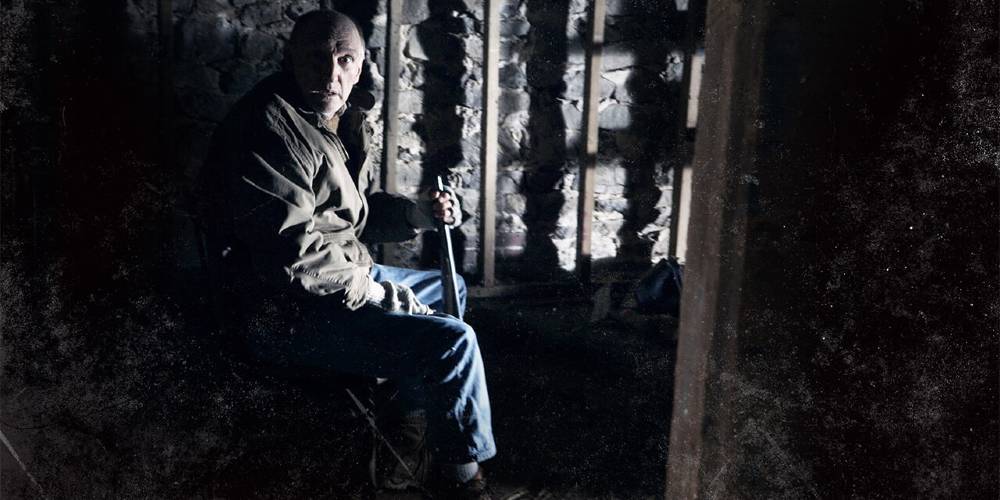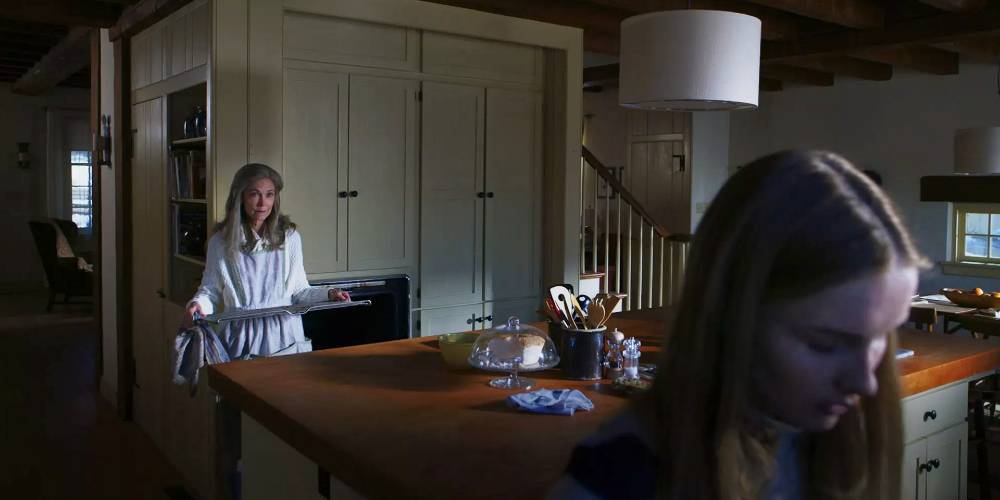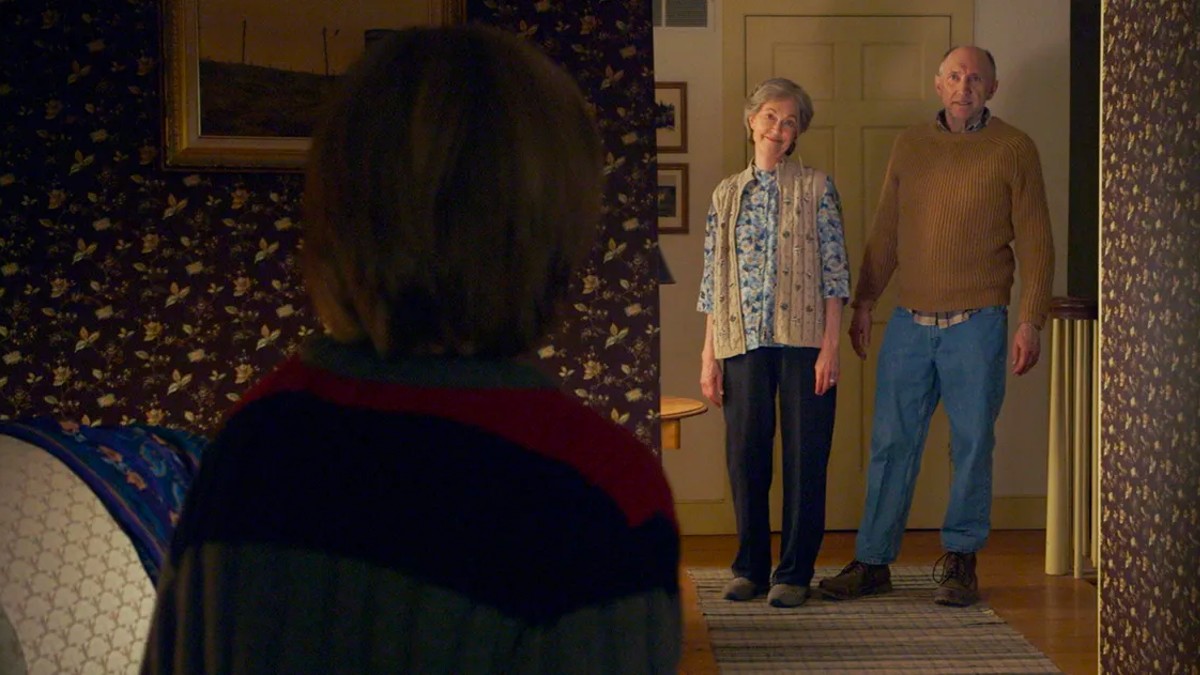After a series of disappointments, Shyamalan returned to his beginnings with a PA-set thriller that is as concerned with its cameras as it is with its characters.
Rural Pennsylvania. No one moves, and the woods surround them. The trees shudder. A whip snaps around a branch. Cut to the forest below, a denim-clad hero emergesIIndiana Jones on his latest adventure.
M. Night Shyamalan’s home movies were a little treat tucked away in the DVD special features for a few of his releases—a look back at his roots that uses physical media to its fullest. For instance, his camcorder-shot Indiana Jones homage appears on the first home video release of The Village.
It’s fitting that The Visit—a film whose heroine is an amateur filmmaker—is all about roots and physicalities. Set in rural Pennsylvania, it follows two children—Becca (Olivia DeJonge) and Tyler (Ed Ovenbould), as they visit their grandparents. They’re returning to their mother’s childhood home, which she left after falling out with her parents over her marrying a teacher at her high school. As the kids explore the country home and small town nearby, they attempt to connect with their grandparents and their mother’s lost childhood.
The Visit’s horror is built on spectacle and a growing sense of dread: what seems to be going on with Nana (Deanna Dunagan) and Pop Pop (Peter McRobbie) versus what they are genuinely doing. As the strangeness grows, revelations force their mother’s story into sharper melancholy. And the reunion may not end happily.

Despite starring children, The Visit grows more graphic as the danger builds. This culminates in Nana, nude, chasing the children through an enclosed space, crawling around and scratching at walls. Pop Pop, meanwhile, violently assaults a man in front of the kids and collects diapers full of his feces. The grands individually seem aware that something is incredibly wrong with their significant other but cannot answer for their own oddities. They invent (and perhaps believe) plausible excuses, mainly relying on their advanced ages as the overarching reason for everything. And when they ultimately attack, the penultimate sequence contains one of the most shocking on-screen attacks I have ever seen.
Shyamalan has said that The Visit is about whether or not fairytales are real. There is an echo of this when one of the children is asked to “crawl into the oven” to clean it, a la Hansel and Gretel—the kids’ naive antics charm while their surroundings terrify.
Despite some cringeworthy moments, The Visit contains some of the best sibling relationship work of the 2010s. Becca and Tyler don’t blindly hate each other and aren’t bound to unrealistic familial niceties. Every moment of antagonism has an undercurrent of true understanding. They know which buttons to push and understand how far they can take it while maintaining an overall positive relationship.

The Visit is not only a return to Pennsylvania in a narrative for Shyamalan, but it also brings his personal identity to its main protagonist. Becca, as a young filmmaker, mirrors his own younger self. Indeed, with The Visit, Shyamalan did one of the smartest things an artist can do after going through the pushes and pulls of major studio films: go indie.
Shyamalan funded The Visit himself and filmed it in a mere 30 days. He trusted his personal process, pushing his actors through take after take to get one good long one instead of creating coverage with cuts and 27 straight days of shooting. Instead of pausing to play back the shots as they were being filmed, he took a several-week break before reuniting the cast and crew again to reshoot anything that needed finessing over three days.
Shot as a faux-documentary (and acknowledging that Shyamalan himself views it as more of a psychological thriller), The Visit is a prime example of Found Footage Horror, even with steadier camerawork than the form’s most prominent features. As Mary Beth McAndrews notes, Found Footage is quick to pick up on new technological trends—In The Visit’s case, that means drawing not only two cameras the kids use, and some footage from skype calls.
Despite the presence of smartphones in 2012, The Visit opted for camcorders. Phone video quality was low and limited, and a real filmmaker like Becca would opt for a collection of cameras. And one cannot see a director as focused on the physical filmmaking process as Shyamalan settling for point-and-shoot in a movie about making a movie.

